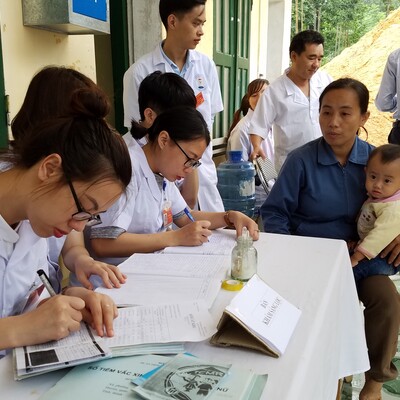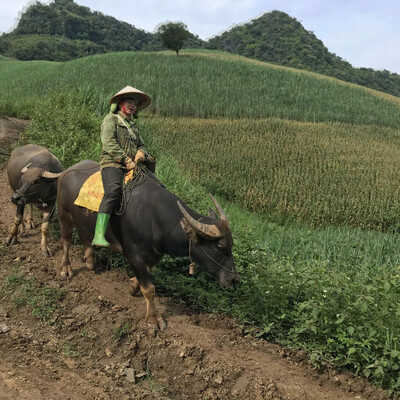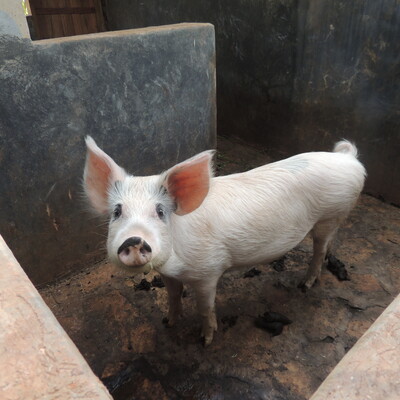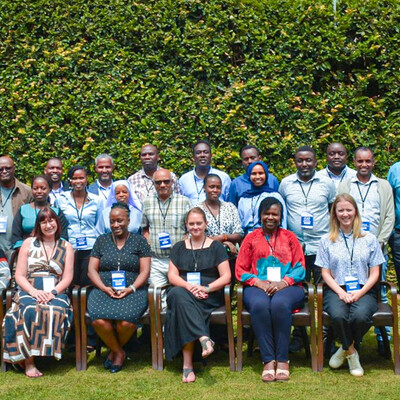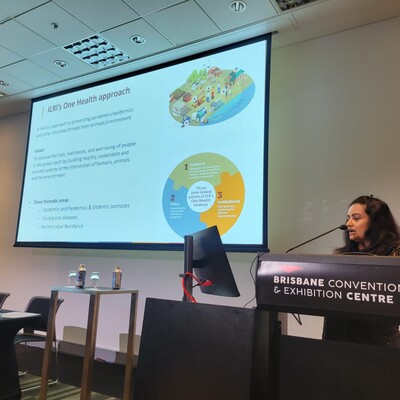
Tackling co-infections with Rift Valley fever, brucellosis and Q fever in Kenya using One Health
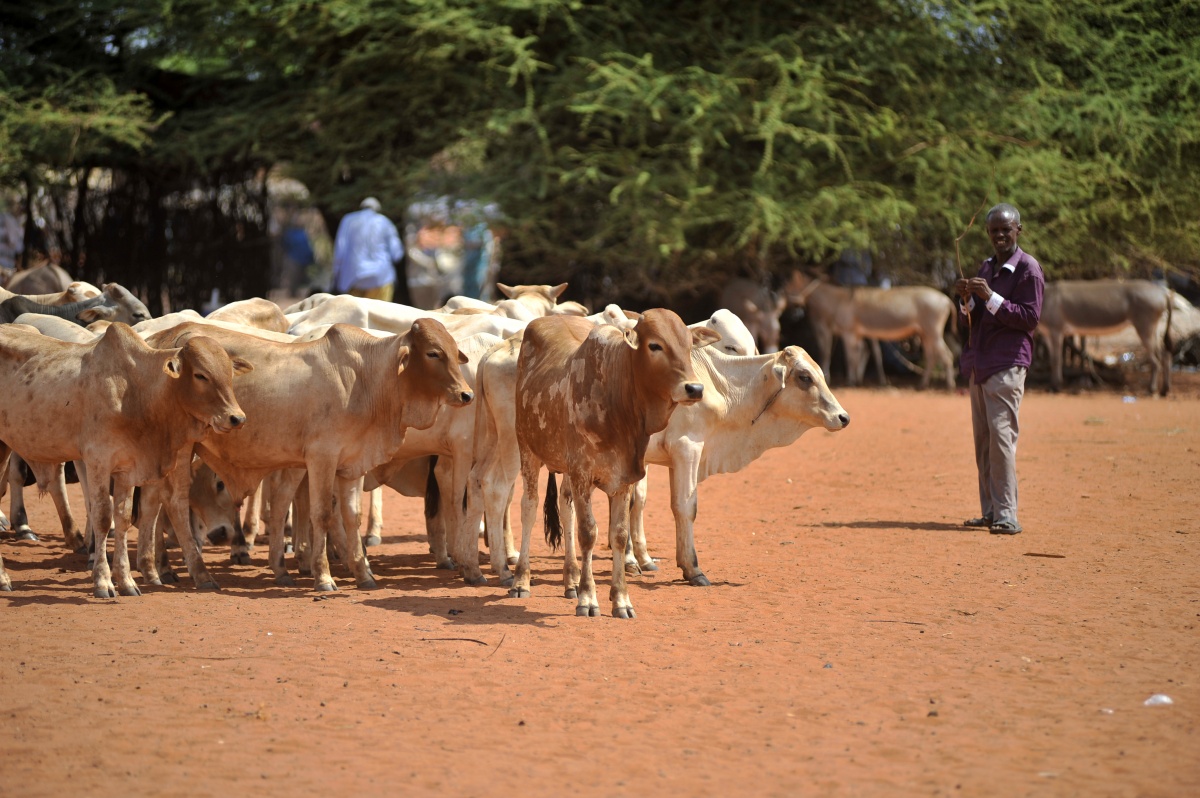 Livestock market in Wajir County, Kenya (photo credit: ILRI/Riccardo Gangale).
Livestock market in Wajir County, Kenya (photo credit: ILRI/Riccardo Gangale).
A second technical meeting of a project that is working to reduce the burden of major zoonoses among pastoralists in Kenya was held 1–4 November 2020 in Naivasha-Kenya.
The project, which is known as ‘Co-infection with Rift Valley fever virus, Brucella spp. and Coxiella burnetii in humans and animals in Kenya: Disease burden and ecological factors’ brought together stakeholders and partners to assess the burden of the three zoonotic diseases and their co-infections in humans, livestock and wildlife in north and northeastern Kenya.
Livestock are at the heart of pastoralist livelihoods, especially in Kenya’s arid and semi-arid counties. But, in these areas, the continuous contact between people and animals, the consumption of raw milk and meat and the interaction between livestock and wildlife can lead to emergence of zoonotic diseases, which are caused by pathogens moving between humans, animals and wildlife. This close contact between animals that are potentially infected with one or more of the zoonotic agents can also result in co-infections where two or more pathogens affect susceptible human or animal host.
Working in the pastoral counties of Garissa, Isiolo, Mandera, Marsabit and Wajir, the project is focusing on areas where zoonotic diseases, especially Rift Valley fever are common. Rift Valley fever is caused by a virus transmitted by mosquitos. At the same time, people in these areas are prone to brucellosis, a bacterial infection spread from animals to people through the consumption of unpasteurized milk; and query fever (Q-fever), a human infection caused by bacteria that are present in cattle, sheep and goats.
These diseases impose substantial human health effects ranging from chronic malaise to fever and joint pain. In animals, they can reduce livestock productivity, increase mortality and downgrade the value of livestock products leading to economic losses.
Francis Gakuya, wildlife veterinarian and scientist with the Kenya Wildlife Service (KWS) opened the meeting. He appreciated the project’s emphasis on multidisciplinary approaches to tackle the three diseases in Kenya. He said a One Health approach was the best way ‘to fight and manage zoonoses’ because it ‘brings together professionals in human health, animal health and environment experts to find solutions to the problem.’
Boku Bodha, the Marsabit County’s livestock director, and Joseph Muriira, director of veterinary services in Isiolo County, said managing the three diseases will require working with the local communities, which should be mobilized to support the project. They said they look forward to implementing its recommendations.
Bernard Bett, One Health Research, Education and Outreach Centre in Africa (OHRECA) team lead and principal investigator of the project said the three diseases are among Kenya’s top 10 priority zoonoses. He said the project is working towards:
- developing risk maps for Rift Valley fever virus, Brucella spp. and Coxiella burnetii which causes Q fever based on serological analysis of stored samples,
- determining the incidence of these pathogens and their co-infections in humans, livestock and wildlife in Kenya,
- genotyping the pathogens to better understand their transmission patterns, and
- developing capacity on biosafety and biosecurity practices among frontline workers in the animal and human health sectors.
He added that the project will take advantage of the added value of using a One Health perspective in managing these diseases.
In this meeting, detailed work plans for all the field activities were developed. Activities that were discussed included: (i) a national serosurvey in livestock to obtain data for developing risk maps, (ii) longitudinal studies in livestock and people to estimate incidence and impact of these diseases, and (iii) targeted and opportunistic sampling in wildlife to determine the prevalence of these diseases.
The project is led by the International Livestock Research Institute (ILRI) and funded by the US Defense Threat Reduction Agency (DTRA). It aims to use a multisectoral and transdisciplinary approach to address the public health risks faced by pastoralist communities in northern Kenya.
Partners of the project include, Washington State University (WSU), Kenya Wildlife Services (KWS), Los Alamos National Laboratory in the US, University of Nairobi, and Kenya Medical Research Institute (KEMRI).
Read more about the project






